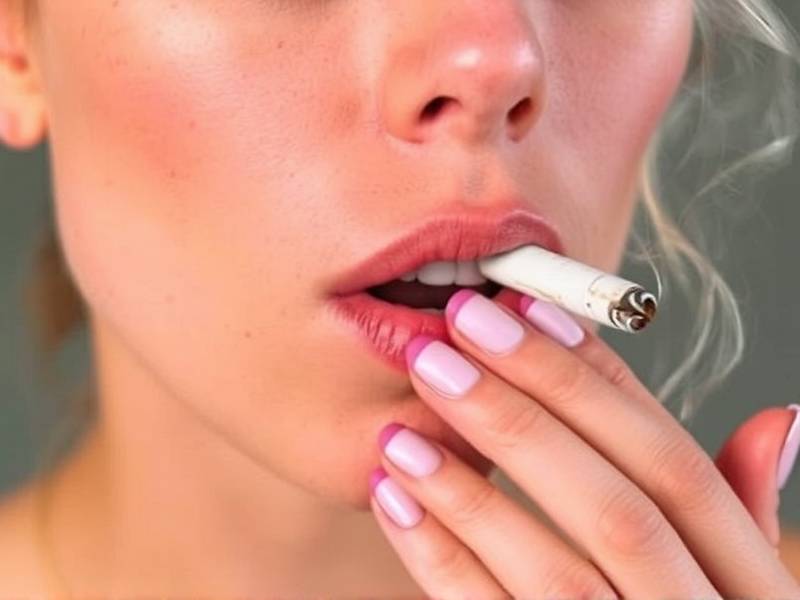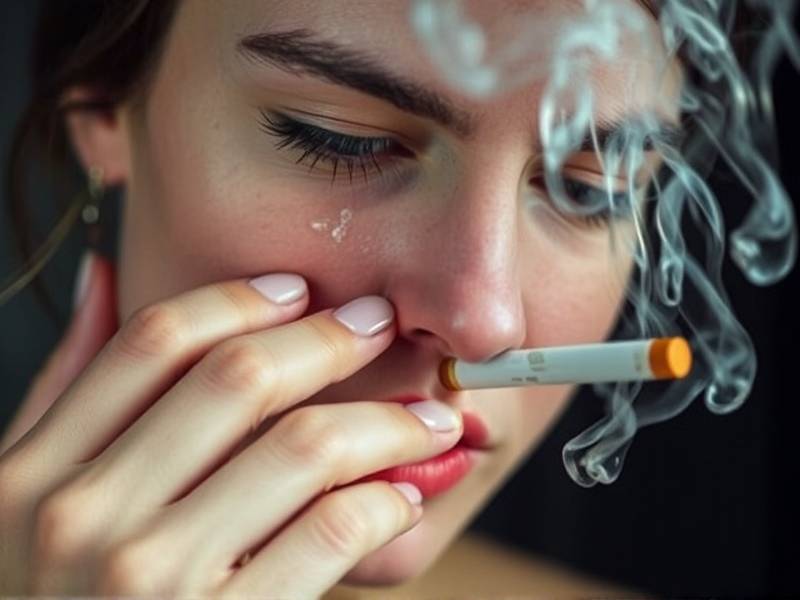Why Does My Skin Look Bad After Quitting Smoking? The Science Behind It
Introduction: The Unexpected Side Effect of Quitting Smoking
Quitting smoking is a commendable decision that brings numerous health benefits. However, one often overlooked side effect is the change in skin appearance. Many ex-smokers have reported that their skin seems to look worse after quitting. This article delves into the science behind this phenomenon and provides insights into how to improve your skin post-quit.
The Role of Nicotine in Skin Health
Nicotine, a key component of tobacco, has been found to have detrimental effects on the skin. When you smoke, nicotine narrows your blood vessels, reducing blood flow to your skin. This lack of blood flow can lead to dull, dry, and lackluster skin.
How Nicotine Impacts Your Skin
- Reduced Blood Flow: Nicotine constricts blood vessels, which reduces the delivery of oxygen and nutrients to your skin cells.
- Free Radical Damage: Smoking generates free radicals that damage your skin's collagen and elastin fibers, leading to premature aging.
- Dryness and Flakiness: Nicotine can dehydrate your skin, making it appear dry and flaky.
The Transition Phase: Why Your Skin May Look Bad Initially
After quitting smoking, it takes time for your body to adjust to the absence of nicotine. During this transition phase, you may experience several changes in your skin's appearance:

Temporary Changes Post-Quit
- Redness and Inflammation: As blood flow returns to normal levels, you may notice redness or inflammation in certain areas.
- Increased Oil Production: Some individuals experience an increase in oil production as their sebaceous glands adjust.
- Breakouts: Breakouts can occur due to hormonal changes or increased oil production.
How to Improve Your Skin Post-Quit
Now that we understand why quitting smoking may affect your skin's appearance, let's explore ways to improve its health:
Tips for Improving Your Skin Post-Quit
- Stay Hydrated: Drink plenty of water throughout the day to keep your skin hydrated.
- Use Gentle Cleansers: Choose a gentle cleanser suitable for sensitive or oily skin.
- Moisturize Regularly: Apply a moisturizer appropriate for your skin type daily.
- Exfoliate Gently: Exfoliating helps remove dead skin cells and promotes cell turnover.
- Protect Your Skin from Sun Damage: Use sunscreen with an SPF of 30 or higher daily.
Conclusion: Embracing the Journey Towards Better Skin Health
Quitting smoking is a significant step towards better health overall, including improved skincare outcomes. While it's normal for your skin to undergo some changes during the transition phase, implementing these tips can help you achieve healthier-looking skin post-quit.

Remember that patience is key during this process; it may take some time for your body to fully recover from years of smoking-related damage. By adopting a consistent skincare routine and taking care of yourself from within (e.g., eating a balanced diet and exercising), you'll be well on your way to achieving radiant, healthy-looking skin!
